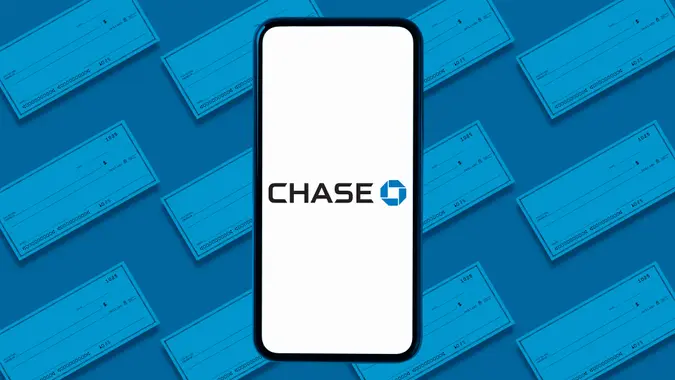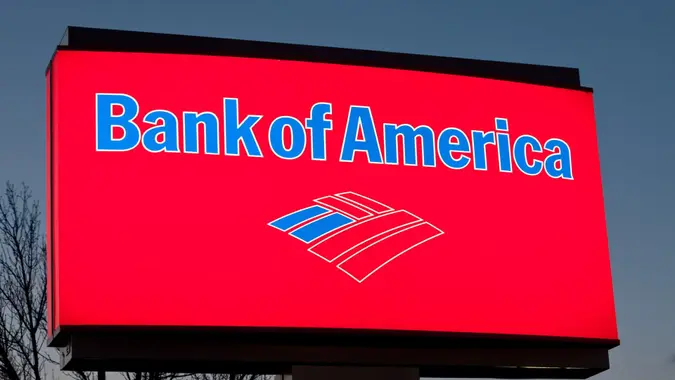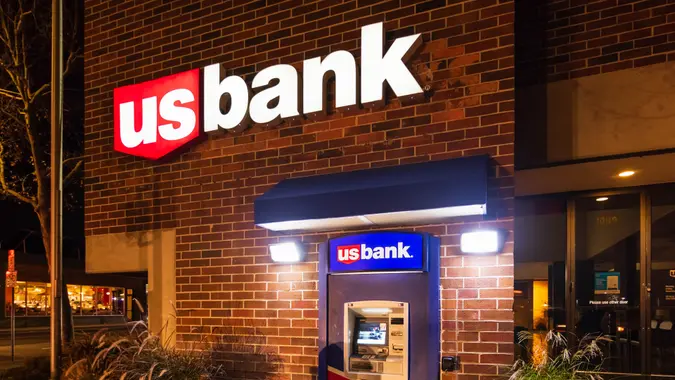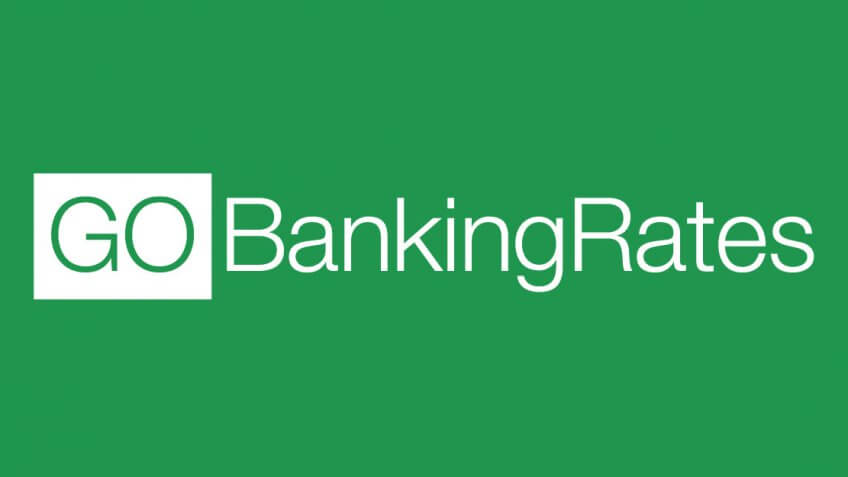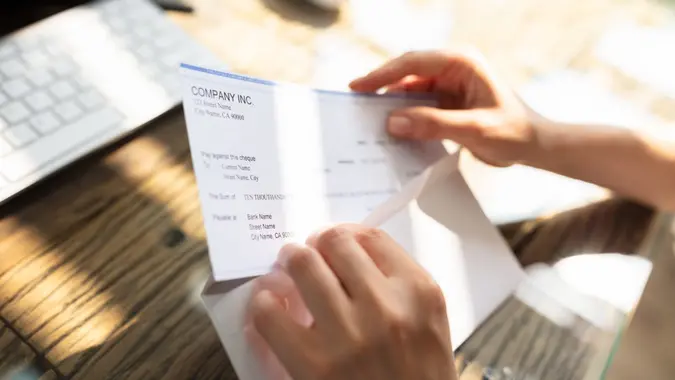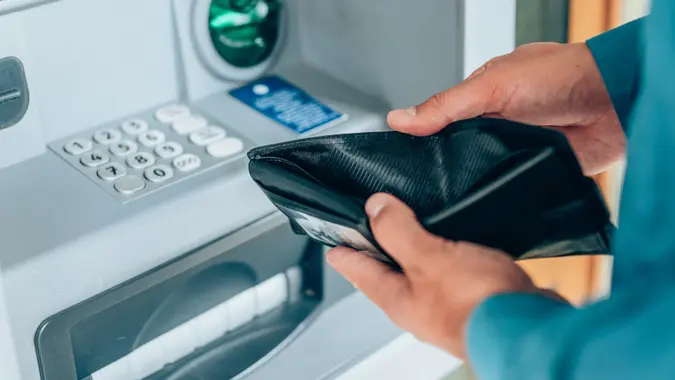What Is a Canceled Check and Why Does It Matter?

Commitment to Our Readers
GOBankingRates' editorial team is committed to bringing you unbiased reviews and information. We use data-driven methodologies to evaluate financial products and services - our reviews and ratings are not influenced by advertisers. You can read more about our editorial guidelines and our products and services review methodology.

20 Years
Helping You Live Richer

Reviewed
by Experts

Trusted by
Millions of Readers
Banks tend to use terminology that may be confusing to understand. For instance, canceled checks may be words you’ve heard in some transactions, but you may be unclear on what it means. Take a look at this guide that answers the question, “What is a canceled check?” and why it matters.
What Is a Canceled Check?
A canceled check is a check that has processed and cleared by the bank; in other words, the bank has paid for it. The funds have moved from the check issuer’s account to the recipient’s account. After the successful transfer, the bank marks the check as “canceled,” which means that it’s no longer valid and can’t be used again.
How Does a Canceled Check Differ from Voided and Bounced Checks?
Canceled, voided and bounced checks all have differences. Canceled checks are checks that have been successfully processed and cleared by the bank. A voided check has the word VOID written across the front and cannot be used for payment. A bounced check is returned unpaid because the issuer didn’t have the funds to cover the amount.
| Feature | Canceled Check | Voided Check | Bounced Check |
|---|---|---|---|
| Purpose | Proof of Payment | To share banking information | Payment failed |
| Funds Transferred | Yes | No | No |
| Status | Successfully cleared | Made invalid intentionally | Returned unpaid |
| Consequences | None | Safe to use for information sharing | Fees and potential legal issues |
How Does a Check Get Canceled?
There is a step-by-step process in which a check is canceled. The steps are as follows:
- Check is issued. The person issues the check to the recipient. The recipient deposits or cashes the check at their bank.
- Bank processes the check. The payee’s bank processes the check and sends it to a clearinghouse.
- Verification by the clearinghouse. The clearinghouse routes the check to the issuer’s bank for verification.
- Validation by issuer’s bank. The issuer’s bank verifies sufficient funds, authenticity and account status. If valid, the funds are debited from the issuer’s account.
- Transfer of funds. The payee’s bank is credited with the amount, and the transaction is completed.
- Check cancellation. The issuer’s bank marks the check as “canceled,” indicating the transaction is finalized and the check cannot be reused.
What Is the Role of the Bank in Canceling a Check?
A bank is responsible for verifying, processing and finalizing payments. The bank is responsible for confirming authenticity of the check, ensuring there are enough funds and validating the issuer’s account. Once the funds have been successfully transferred from the person who wrote the check to the payee, the check is marked as canceled.
Why Do Banks Cancel Checks?
There are several reasons why banks cancel checks. Canceling checks is a way to indicate the issuer of the check successfully paid the recipient. In addition, a bank cancels a check for the following reasons:
- Prevents reuse of the check
- Serves as a written record of payment between issuer and recipient
- Compliance with banking protocols
- Fraud protection
Canceled checks help maintain accurate records and accounting. They help with reconciling accounts, proof of payment, auditing and tax reporting, and preventing duplicate payments.
What Information Is Found on a Canceled Check?
A canceled check contains all the details necessary to complete the transaction. It contains the following:
- Check number
- Payee name
- Date
- Amount
- Issuer’s name and signature
- Bank details
- Routing and account number
- Endorsement on the back of the check
Knowing this information is highly effective in tracking payments and disputes. You can use this information to reconcile accounts and show proof of payment.
How To Obtain a Copy of a Canceled Check
Obtaining a copy of a canceled check is easy. There are four ways to get a copy of your canceled check:
- Obtain the front and back of your check online. Log in to your checking account and browse your transaction history. Find the check number and look for the option to download your check.
- Visit your bank. You can visit your bank in person and request your check. Provide necessary details so the bank can retrieve the correct check.
- Call your bank. You can call customer service and also request your check.
Can You Use a Canceled Check for Proof of Payment?
You can use a canceled check for proof of payment for financial and legal transactions. It is documented proof of a completed financial transaction. Canceled checks can be proof for several different transactions like legal disputes.
For example, if an apartment landlord states you haven’t made payment, you can provide your canceled check as a proof of the transaction. In other instances, like taxes, a canceled check can show you made a charitable contribution in case of an IRS audit.
Also, if a creditor questions whether you’ve paid a bill, you can show proof of your canceled check to counter the claim. Canceled checks are particularly helpful for business transactions to provide proof that a payment was made at a specific time.
When Should You Keep a Canceled Check?
You may be wondering how long you should keep your canceled check. For personal records, you can keep a canceled check from one to three years depending on the transaction.
Here are some common scenarios where you may need to keep your canceled check:
- Tax purposes. Retain checks used for tax payments, deductible expenses, or other tax-related purposes in case of an audit.
- Legal matters. Keep your canceled check until the dispute has been resolved.
- Loan and mortgage payments. Keep your canceled check for the duration of the mortgage and loan.
- Large purchases. Keep canceled checks for large transactions like real estate and vehicle purchases.
What If You Lose a Canceled Check?
Losing a canceled check can be inconvenient, but taking a few steps will help you find a copy of the cleared transaction. You can contact the bank regarding your lost canceled check and provide specific details, like the check number, payee amount, and date of the check.
Banks often keep digital images of checks. You may have to pay an additional fee. You can also get a lost canceled check by looking at your bank statement or checking online.
What Are the Risks of Losing a Canceled Check?
Losing a canceled check doesn’t come without risks. Since your check contains important financial information regarding your account, it could be used for fraud. Also, if you need to provide proof of payment for a transaction, losing a canceled check can be problematic. It will be harder to verify or dispute payments.
There are ways to mitigate the risk of losing a canceled check. You can opt for digital copies, secure your physical copies, shred when you no longer need it, monitor your checking account and use alternative payment methods.
Canceled Checks vs. Stop Payment
A stop payment is when you request your bank to not pay a check you wrote. If you think that you were overcharged or a victim of a fraud, you can call your bank and ask them to put a stop payment on the check. Some banks charge fees when you request a stop payment.
The key difference between a stop payment and a canceled check is that a stop payment is for a check that hasn’t gone through and the amount won’t be paid. A canceled check has gone through and exists as a record of the transaction.
The Bottom Line
The idea of a canceled check can seem a confusing, but it’s important to know what your bank is referring to when a check is canceled versus when it’s returned, has bounced or has had a stop payment request.
Here are some other key takeaways about canceled checks:
- Canceled checks are cleared by the bank when funds are transferred.
- One way to cancel a check is to instruct your financial institution not to pay it.
- Canceled checks are out of circulation and cannot be used again.
- Copies of canceled checks can be used as proof of payment.
In the end, your takeaway should be that a canceled check is simply a check that has gone through the normal process of payment, having been successfully cleared from the account of the person who wrote the check and into the check receiver’s account.
FAQ
Here are answers to frequently asked questions about canceled checks.- What is proof of a canceled check?
- Proof of a canceled check is a copy of the check or check image, which can be used as proof of payment in some instances. These copies are available from your issuing bank or credit union and accessible up to seven years from when the check was processed.
- Can you use a canceled check?
- No, when a check is canceled it means that it has already been processed from your account to another account or been cashed out and therefore cannot be used again in any capacity.
- How long until a check becomes canceled?
- Typically any deposited check will take around two business days to clear from your account for most banks. However, to not stress out, plan on anywhere from three to five business days for the check to clear.
- How do you make a canceled check?
- Only a bank can cancel a check, which is what it does when the check clears from your account and is processed into the account of the person or place you wrote it to. This is not to be confused with these other checking terms:
- – Void check: a check with the word "void" scrawled across is
- – Returned check or bounced check: one the bank does not process, generally due to the checking account it is written from having insufficient funds
- – Stop payment request: a request to your bank or credit union not to process a check you sent
- Only a bank can cancel a check, which is what it does when the check clears from your account and is processed into the account of the person or place you wrote it to. This is not to be confused with these other checking terms:
Caitlyn Moorhead contributed to the reporting for this article.
 Written by
Written by  Edited by
Edited by 




